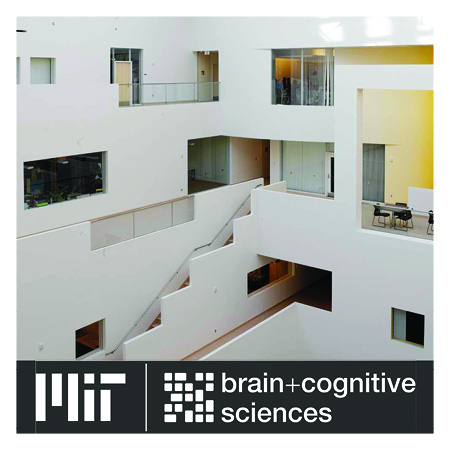
Cog Lunch: Nick Waters "Neural Representations of Multiple Objects" & Isaac Treves "What and where pathways in serial reaction time learning"
Description
Nick Watters (Jazayeri & Tenenbaum Lab)
Title: Neural Representations of Multiple Objects
Abstract: The ability to reason about never-before-seen stimuli is a hallmark of intelligence. One kind of such generalization is the ability to infer the structure and predict the dynamics of novel compositions of objects. Prior works in machine learning and cognitive science have found that an object file representation which decomposes the perceptual world into objects facilitates this kind of generalization. My research studies multi-object representation and simulation through behavioral and neurophysiology experiments in monkeys, aiming to test this object file hypothesis. In this talk I will introduce the task paradigm being used for monkey training. I will also show some artificial neural network results demonstrating the impact of object file representations on generalization in this task.
Isaac Treves (Sinhalab & Gablab)
Title: What and where pathways in serial reaction time learning
Abstract: What are the brain systems involved in sequence learning? A useful distinction may be made between ‘what’ and ‘where’ sequences, corresponding to the classical ventral and dorsal pathways. I'm investigating these pathways using serial reaction time tasks (SRTs). In SRTs, stimuli are presented in probabilistic or deterministic sequences, and participants are asked to identify the stimuli as quickly as possible. Faster responses are taken as evidence of learning. There is some debate in SRT research about the functional involvement of the medial temporal lobe/ hippocampus. I propose that object-related (‘what’) SRTs may involve the MTL, whereas location-based (‘where’) SRT may involve frontoparietal areas. I also report findings from a large-sample online study, where autistic subjects showed differences in learning on a novel location-based SRT.

